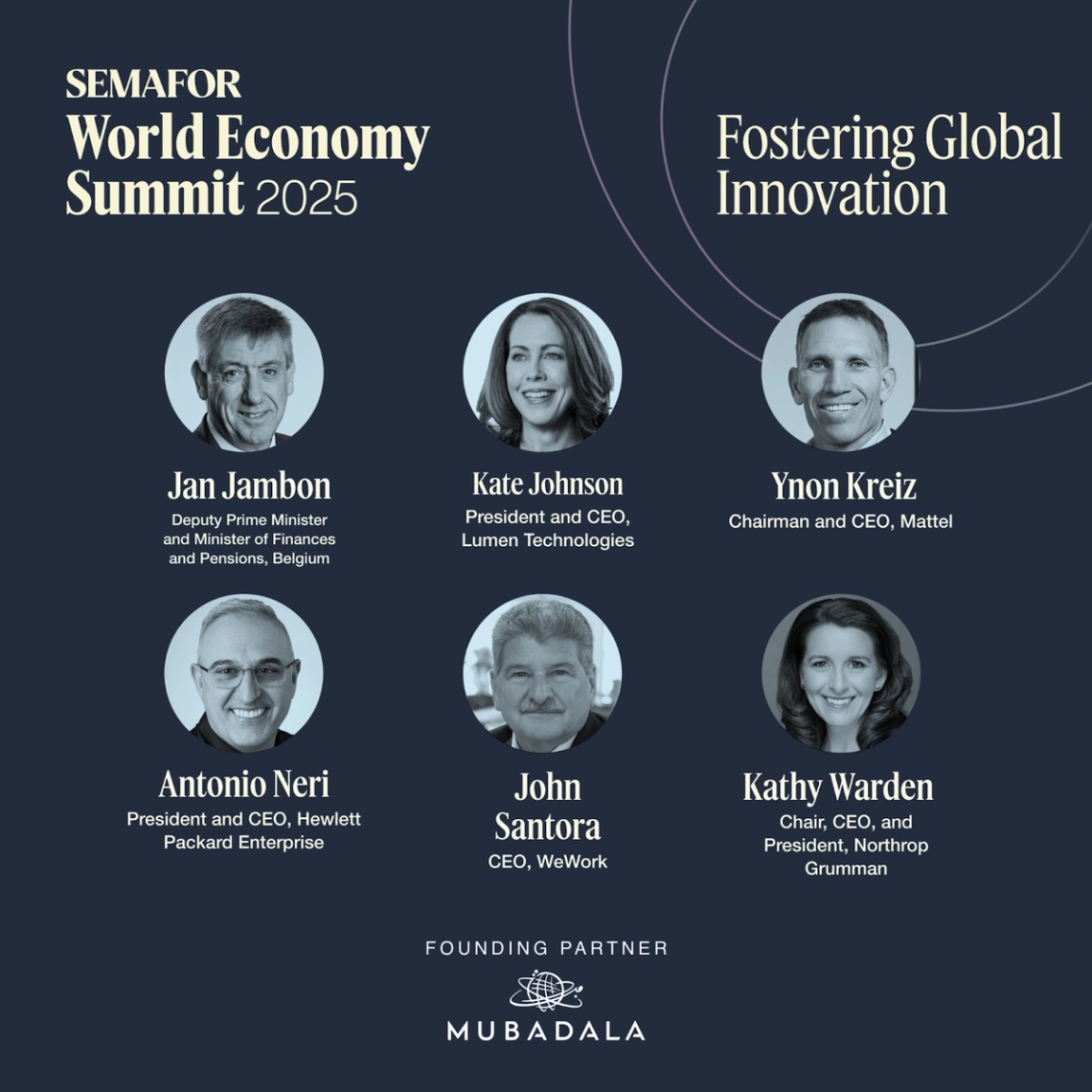 Jan Jambon, Deputy Prime Minister and Minister of Finances and Pensions, Belgium; Kate Johnson, President and CEO, Lumen Technologies; Ynon Kreiz, Chairman and CEO, Mattel; Antonio Neri, President and CEO, Hewlett Packard Enterprise; John Santora, CEO, WeWork; Kathy Warden, Chair, CEO, and President, Northrop Grumman, and more will join the Fostering Global Innovation session at the 2025 World Economy Summit. This session will explore the incentives and barriers facing both the public and private sectors in generating new ideas, methods, and products while examining the broader implications for economic growth, job creation, and financial opportunity. April 24, 2025 | Washington, DC | Learn More |